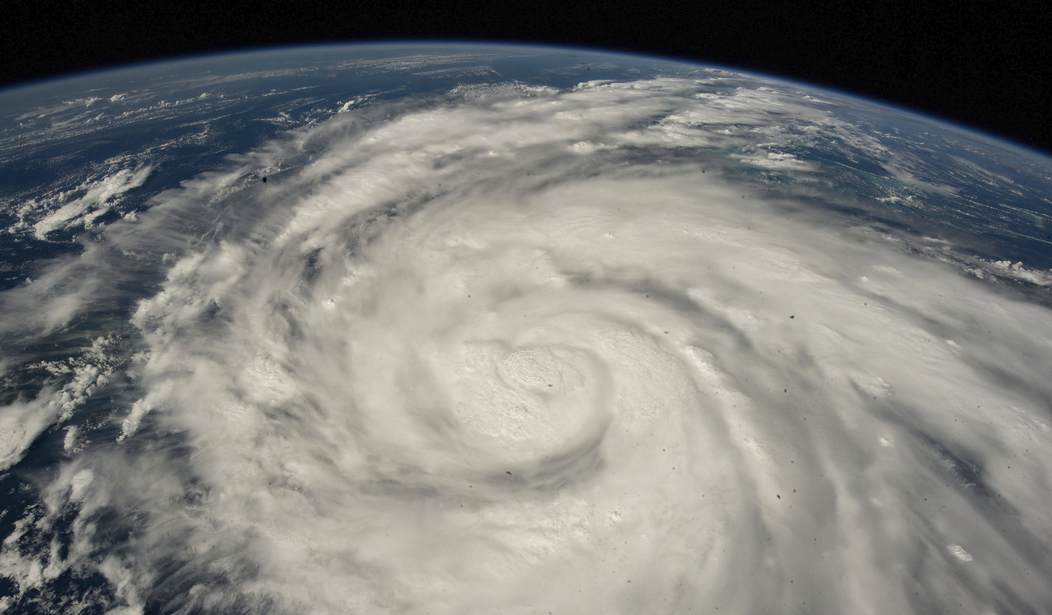According to Reuters, Munich Re is complaining bitterly, along with several other pre-imminent international re-insurers. about its massive weather-related losses during the calendar years 2021 and 2022.
The role of re-insurers in the insurance market is simply to back-up the many standard casualty insurance companies, that may wish to deal off part of the potential liability from catastrophic losses (mega-claims) filed by their policy holders, who may sustain economic damage from one of a variety of natural occurrences.
Following severe losses in Florida this past fall with the passage of Hurricanes Ian and Nicole (only a month apart), the Florida legislature now grapples with the thorny issue of capping insurance rates (premiums) in a state that is highly vulnerable to major tropical storms.
Florida has often found itself in the cross-hairs of historic hurricanes that spawn in the Atlantic Basin, and then enter the Caribbean and Gulf of Mexico before making eventual landfall on US shores.
The most severe hurricane ever known to hit the Florida mainland was the Labor Day Keys Hurricane of 1935. If that storm had happened in 2022 and come ashore over the greater Miami area or the Tampa Bay/Orlando megapolis, the resulting disaster would have been far worse than dealt by Ian/Nicole.
If Florida politicians in Tallahassee accede to the wishes of the most vocal constituents, they may find a majority of the insurers now doing business in the state deciding to pack up and abandon their policy holders, leaving them to face a financial nightmare. Many of the currently insured may not be able to obtain (or renew) a policy to their liking that provides sufficiently comprehensive and affordable coverage and, instead, find themselves forced to self-insure.
Recommended
Even if man-caused activity, viz., burning of fossil fuel were proved to exert a significant adverse effect on global temperature and future climate—it has not to this point in time—there is not nearly enough counteractive power embodied in the latest version of the UN Paris Climate Agreement to render more than a de minimis effect on reducing the temperature increases projected by the year 2100—according to the outputs of the EPA’s coupled economic and climate models, that some experts still dispute.
Nonetheless, Munich Re and the other big boys among the re-insurers and large casualty insurance companies would welcome a handy justification to raise insurance rates and premiums.
And what better pretext might there be than to blame climate change, allegedly being caused by human-induced greenhouse gas warming?
But underlying the core issue is the increasing development of storm-exposed real-estate and infrastructure (private, corporate and government properties) in highly vulnerable locations along the coastlines throughout much of the developed world. The situation cries out for mitigation measures and intelligent forms of adaptation.
Property valuation along certain stretches of Florida's coastline and that of California and the Carolinas may amount to over a billion dollars per mile, in aggregate.
The industry term "exposure" applies to the aggregated value of the insured property (as defined in the policies) susceptible to damage resulting from the vicissitudes of nature: from all the potential land-falling tropical storms and the tornadoes, earthquakes, wildfires and other physical hazards that might occur during the terms of the policies while in force. Each named hazard, of course, is highly dependent on specific locations.
Yet there has been no demonstrable increase in the frequency or severity of storms, floods and earthquakes over the preceding decades that can be attributed to climate change with any reasonable degree of certainty.
Detailed studies by Dr. Roger Pielke, Jr. of Colorado State University repeatedly attribute the growth of insurance claims and uninsured property losses as arising primarily from the growth in population density and associated real estate construction in the affected locations that has greatly multiplied the overall total exposure (insured and not).
Dr. Ryan Maue is another tropical storm expert who has developed the concept of Accumulated Cyclone Energy (ACE), that takes into account all tropical storms in the world’s oceans whether they make land-fall or not. In earlier times, many tropical storms went uncharted, lacking the benefit of modern technology. As with tornadoes, tropical storms are now detected with a very high degree of accuracy such that in the minds of some the apparent increase may lend itself to facile interpretations tending to promote an incorrect notion of increasing frequency. In earlier decades, many storms on the high seas were missed entirely.
Time-series graphs showing the ACE variable can be viewed at Maue's website. ACE is plotted forward from 1970 to present and again from 1980 forward. The graphs show no overall increase in ACE, taking into account both the frequency and intensity of all charted tropical storms during the respective time intervals.
Analysts and planners who guide the thinking within the major re-insurers would do their senior executives a favor by exploring some of the extant work of independent experts like Pielke and Maue before recommending across-the-board rate increases that may turn out to be unwarranted over the long run.
It is also noticed that certain individuals among the well-heeled classes continue to purchase prime beach-front property in many of those same areas that are most exposed to the ravages of tropical storms and to the supposed rapid rise in sea level.
Do they know something the rest of us don’t?



















Join the conversation as a VIP Member